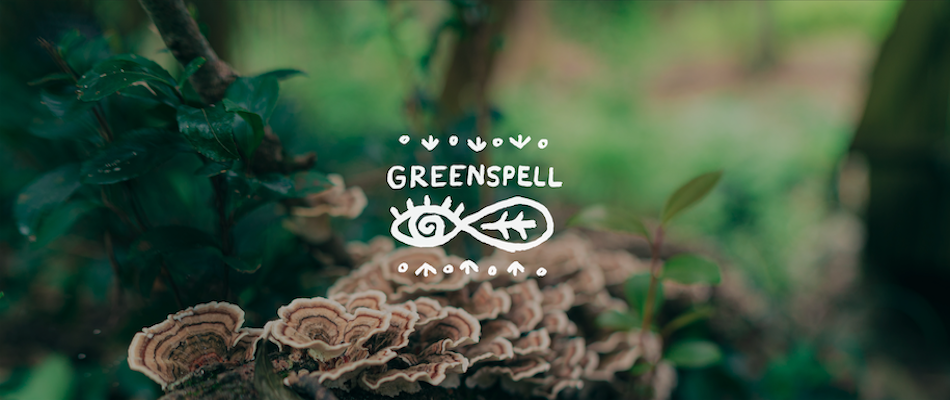My favorite herbs to infuse in oil
If you are looking for directions on making an herbal infused oil, check out our post below:

If you want some ideas for herbs to infuse in oil, read on!
I placed herbs into different categories based upon how I use them in my practice and where I feel like they best belong. This doesn't mean their virtues don't spill into other categories. You will find that most of these herbs are 'vulnerary' and 'anti-inflammatory', just in different ways. I think this just speaks to the profound breadth and depth of impact on our physiology any single herb can have.
With all herbs, consult with a qualified healthcare practitioner before using during pregnancy and lactation.
Wound Healing (Vulnerary) & First-Aid Herbs
Calendula flower (Calendula officinalis)
Called for most in cases of basic wound healing, tissue toning, and lymphatic support.
Actions: Anti-fungal, anti-inflammatory, circulatory stimulant, emollient, lymphatic, vulnerary
Virtues / Uses
- Fungal infections like Athlete’s foot
- Baby skin care
- Bed sores
- Boils
- Bruises
- Chapped lips
- Cracked, sore nipples
- Cysts
- Dermatitis
- Dry, chapped, cracked skin
- Eczema
- Slow-healing wounds
- Hemorrhoids
- Inflammation and swelling
- Insect bites
- Itching and rashes
- Minor burns
- Lymphatic flow and drainage
- Psoriasis
- Scars (healing and prevention)
- Skin redness and inflammation
- Varicose veins
Safety considerations: Generally considered safe!
Comfrey leaf (Symphytum officinale)
Called for more in cases of injury, where musculoskeletal tissues are in need of healing.
Actions: Analgesic, anti-inflammatory, emollient, vulnerary
Virtues / Uses
- Blunt force injuries
- Bruises/Contusions
- Bumps
- Fractures
- Joint dislocations
- Joint pain
- Pulled muscles
- Sprains
- Strains
- Surface cuts and scrapes
Safety considerations: For external use only. Contraindicated for deep cuts, deep wounds, puncture wounds, dirty cuts. Not for prolonged use.
Other Vulneraries & First Aid Herbs to infuse in oil:
- Plantain leaf (Plantago spp.)
- Creosote Bush, aka 'Chaparral' leaf & twig (Larrea tridentata)
- add to infused oil blends or salves to increase shelf stability
- Yarrow flowering tops (Achillea millefolium)
Pain Relieving (Analgesic) Herbs
St. John's Wort flowering tops (Hypericum perforatum)
More so indicated for nerve pain (indicated by sharp/shooting pain or numbness/tingliness)
Actions: analgesic, anti-bacterial, anti-inflammatory, anti-spasmodic, antiviral, vulnerary
Virtues / Uses
- Carpal tunnel
- Dry and scaly acne
- Ear infection pain (rub around, not in, the ear)
- Eczema
- Insect bites
- Itchy, red skin
- Low back and back pain
- Minor burns & sunburn (after acute stage has resolved)
- Muscle aches, pains, stiffness
- Nerve pain, numbness, and tingling
- Pinched nerves
- Sciatica
- Sprains
- Strains
- Whiplash
Safety considerations: Most contraindications for St. John’s wort (medication interactions, photosensitivity, risks during pregnancy and lactation) are associated with internal use. Topical use most likely does not have the same effects.
Other Pain Relieving (Analgesic) Herbs
- Solomon's Seal rhizome (Polygonatum biflorum)
- Poplar bud / Cottonwood bud (Populus balsamifera, Populus deltoides)
- add to infused oil blends or salves to increase shelf stability
Arnica flower (Arnica montana, A. chamissonis, A. cordifolia)
For pain associated with injuries to muscles, joints, connective tissue, ligaments – particularly when pain is exacerbated by movement and cold but helped with heat.
Actions: Analgesic, Anti-inflammatory, Circulatory Stimulant, Vulnerary
Virtues / Uses
- Joint pain/stiffness
- Muscle pain
- Sprained ankles, wrists, knees
- Sprains
- Strain (especially from overwork and overexertion)
- Swelling from injuries, falls, blows, blunt trauma
- Torn ligaments
Safety considerations: For external use only. Contraindicated on open skin, broken skin, mucous membranes. Not for long-term use. Contraindicated during pregnancy and lactation. Not for use with small children or elderly. If you have allergies with some Asteraceae family plants (like chamomile), Arnica may cause redness or itching. Just discontinue use if you find this to be the case.
Herbs for Tension / Spasm in Musculoskeletal Tissues
Lavender flowering spike (Lavandula angustifolia)
Actions: anti-bacterial, anti-inflammatory, anti-spasmodic, relaxing nervine, vulnerary
Virtues / Uses
Diluting a drop or two of Lavender essential oil in 1oz of Lavender infused oils will amplify many of Lavender's virtues.
- Dry, patchy eczema
- Headaches (rub on temples and back of neck)
- Itchy skin
- Joint pain and stiffness
- Low back menstrual pain
- Low back or abdominal pain
- Massage oil
- Muscle aches
- Muscle spasms
- Rashes
- Red and swollen skin
- Sleeplessness (massage onto feet)
- Stress
- Sun-damaged skin
- Tension
Safety considerations: Not for use on open wounds
Other Herbs for Tension / Spasm in Musculoskeletal Tissues
- Kava Kava root (Piper methysticum)
- Chamomile flower (Matricaria chamomilla)
Emollient Herbs for skin nutrition and moistening
- Violet leaf (Viola spp.)
- Marshmallow root (Althea officinalis) (or leaf & flower which are less moistening than the root)



Member discussion